Certified Registered Nurse Anesthetists (CRNAs) are highly trained nurses who specialize in anesthesia care. They play a critical role in healthcare by delivering anesthesia and pain management services before, during, and after medical procedures. Becoming a CRNA is a challenging but rewarding path – it requires several years of education and clinical experience, but offers one of the most lucrative careers in nursing. CRNAs not only enjoy top-tier salaries, they also benefit from high demand for their skills, with a job outlook projected to grow dramatically in the coming years.
This article provides an updated guide on how to become a CRNA, including the latest requirements, educational steps, certification process, and salary and employment information. We’ll also offer tips on navigating CRNA programs and preparing for the certification exam. If you’re aspiring to become a nurse anesthetist, read on to learn what this career entails and how to get started in this in-demand field.
What is a Certified Registered Nurse Anesthetist (CRNA)?
A Certified Registered Nurse Anesthetist (CRNA) is an advanced practice registered nurse (APRN) who is trained to administer anesthesia and provide anesthesia-related care to patients. In practice, CRNAs deliver anesthesia and monitor patients’ vital signs throughout surgical operations or other procedures requiring sedation. They assess patients beforehand, determine the appropriate type and dosage of anesthesia, manage the patient’s airway and vital functions during the procedure, and oversee recovery from anesthesia. CRNAs work in collaboration with surgeons, anesthesiologists, and other healthcare professionals to ensure patient comfort and safety.
CRNAs are often the primary anesthesia providers in many settings, especially in rural or underserved areas. In fact, nurse anesthetists are the sole anesthesia providers in the majority of rural hospitals, making critical surgical and obstetrical services possible in those communities. This role carries significant responsibility, but also a high degree of autonomy. CRNAs are valued for providing safe, high-quality, and cost-effective anesthesia services, and they administer tens of millions of anesthetics to patients in the U.S. each year.
History of Nurse Anesthetists
The roots of nurse anesthesia date to the 1860s, when battlefield nurses like Catherine S. Lawrence began administering chloroform during the Civil War—showing that trained nurses could safely handle anesthesia under pressure.
By 1877, Sister Mary Bernard Sheridan at St. Vincent’s Hospital in Erie, Pennsylvania, became the first full-time nurse anesthetist, and Alice Magaw’s spotless record of over 14,000 ether anesthetics at the Mayo Clinic earned her the title “Mother of Anesthesia.”
Formal education began in 1909 with a course at St. Vincent Hospital in Portland, Oregon, and expanded when Agatha Hodgins opened the Lakeside School of Anesthesia in 1915 and later trained military personnel in World War I. Hodgins also helped found the National Association of Nurse Anesthetists in 1931 (now the AANA). A 1934 California Supreme Court decision affirmed nurse anesthetists’ right to practice independently, setting a national precedent.
Standardization followed mid-century: the first national certification exam in 1945, accreditation of educational programs in the early 1950s, and formal adoption of the “Certified Registered Nurse Anesthetist” title in 1956. In 1978, mandatory recertification began, and in 1986 CRNAs secured direct Medicare Part B reimbursement. A 2001 Centers for Medicare & Medicaid Services (CMS) “opt-out” rule granted many states the ability to waive physician-supervision requirements, further solidifying CRNAs’ autonomy.
Today, CRNA education has evolved to a doctoral-entry requirement, with all students entering practice in 2025 holding a DNP or DNAP. From battlefield improvisation to doctorate-prepared practitioners who deliver tens of millions of anesthetics each year, CRNAs have shaped—and been shaped by—American surgery for more than a century. Their history highlights sustained clinical excellence, expanding educational rigor, and a steady push toward professional autonomy.
How to Become a CRNA?
Becoming a CRNA requires dedication and a multi-step educational and professional journey. Here are the general steps to become a Certified Registered Nurse Anesthetist:
1. Become a Registered Nurse (RN) with a BSN
Start by earning a Bachelor of Science in Nursing (BSN) and obtaining your RN license. A BSN is the typical prerequisite for advanced nursing programs like nurse anesthesia. You can read our guide on how to become a registered nurse here. If you’re already an RN with an associate degree or diploma, consider enrolling in an RN-to-BSN program to further your education. Strong academic performance (GPA ≥ 3.0) is important for graduate school admissions.
| Phase | Step | Typical Duration | Key Actions & Milestones |
|---|---|---|---|
| 1. Pre–CRNA Preparation | Earn BSN & Obtain RN License | 4 years (BSN program) + exam prep | • Complete Bachelor of Science in Nursing • Pass NCLEX-RN to secure RN license |
| 2. Critical Care Experience | ICU/Acute Care RN Practice | 1–2 years | • Work full-time in ICU, ER, or CCU • Build advanced assessment, judgment, and IV skills |
| 3. Doctoral Nursing Degree | Enroll in COA-Accredited DNP/DNAP Program | 36–51 months (3–4¼ years) | • Complete advanced coursework (pharmacology, physiology, anesthesia principles) • Log clinical rotations (several thousand hours) |
| 4. National Certification Exam | Register for & Pass the NBCRNA NCE | ~3 months | • Submit eligibility certification • Pay exam fee and schedule within 90-day window • Prepare via review courses and practice questions |
| 5. State Licensure & Practice | Apply for APRN/CRNA License | 1–3 months | • Submit proof of RN license, doctorate, and NCE pass • Pay state fees and complete background check • Receive practice authorization |
| 6. Ongoing Certification Maintenance | Participate in CPC Cycle & License Renewals | Every 1–2 years (license) Every 4–8 years (CPC) | • Earn Class A & B credits and complete online modules every 4 years • Take CPC Assessment every 8 years • Renew state license per schedule |
2. Gain Critical Care Experience
Work for 1-2 years in an intensive care unit (ICU) or other acute care setting as an RN. Most CRNA programs require at least one year of full-time critical care nursing experience (e.g., ICU, ER, or CCU). Voluntary specialty certification as a Critical Care Registered Nurse (CCRN) is also often required or will improve your chances to be admitted. To obtain this certification, you need to have completed at least 1,750 hours of direct critical care within the previous two years and pass the examination conducted by the AACN Certification Corporation. This hands-on experience helps you build the high-level nursing skills and clinical judgment needed for anesthesia training.
3. Earn a Graduate Degree from a CRNA Program
Enroll in a Council on Accreditation (COA)-accredited nurse anesthesia program and earn a doctoral degree—either a Doctor of Nursing Practice (DNP) or a Doctor of Nurse Anesthesia Practice (DNAP). As of 2025, all new CRNAs must graduate with a doctorate, a shift from the previous master’s standard.
These programs run 36–51 months and combine rigorous classroom work—advanced pharmacology, physiology, pathophysiology, and anesthesia principles—with extensive clinical rotations, often totaling several thousand hours of hands-on anesthesia care. While current CRNA practitioners with master’s credentials remain fully qualified, anyone entering the field now will do so with a doctorate as the entry‐level requirement.
4. Pass the National Certification Exam (NCE)
After you complete your doctoral program in nurse anesthesia, the next hurdle is the National Certification Examination (NCE) administered by the National Board of Certification & Recertification for Nurse Anesthetists (NBCRNA). This rigorous, computer-adaptive exam evaluates your proficiency across the entire spectrum of anesthesia practice, including:
| Domain | Key Topics |
|---|---|
| Anesthesia Techniques | General, regional, neuraxial, sedation, airway management |
| Pharmacology | Pharmacokinetics and pharmacodynamics of anesthetic agents; adjunct medications; emergency drugs |
| Advanced Physiology & Pathophysiology | Cardiovascular, respiratory, neurologic, and renal system responses under anesthesia |
| Patient Monitoring & Safety | Interpretation of vital signs, arterial blood gases, advanced hemodynamic parameters |
| Equipment & Technology | Ventilators, infusion pumps, anesthetic delivery systems, safety alarms |
Registering and Scheduling for the NCE
Once your program director certifies your eligibility, you’ll register online with the NBCRNA, pay the exam fee ($1,285), and choose a testing center. You’ll receive an admission letter with a 90-day window to test. If unforeseen circumstances arise, you may request a one-time scheduling change or sit for the next testing window—though additional fees apply.
Study Strategies & Resources
About two months before the exam, ramp up your studies with a mix of live or online review courses, hundreds of practice questions in adaptive formats, and—if available—the NBCRNA Self-Evaluation Exam to identify weak spots. Study groups (like the r/srna subreddit) and mentors can help reinforce tricky concepts with quizzes and mnemonic tips. With this focused, daily routine alongside your clinical work, most candidates are ready to pass on their first try, as reflected in current 85–90 percent first-time pass rates.
After the Exam
Upon passing, you immediately earn the title Certified Registered Nurse Anesthetist and are listed in the NBCRNA registry. You’ll use your new credential to apply for state APRN/CRNA licensure, which may involve additional board fees ($100–$300, depending on the state) and background checks. Your initial certification remains valid for four years, aligning with the NBCRNA’s Continued Professional Certification (CPC) cycle. To maintain your credential long-term, you’ll complete ongoing education modules, log practice hours, and take the CPC Assessment every eight years.
If you don’t pass on your first attempt, don’t panic. You can retake the NCE up to three additional times within a five-year eligibility window. Use the interim period to target weak areas, seek out supplemental courses, and capitalize on mentorship—most retake takers succeed on their second or third attempt. With diligent preparation and perseverance, you’ll soon join the ranks of board-certified CRNAs, ready to deliver safe, expert anesthesia care.
5. Obtain State Licensure and Begin Practice
Once you’ve passed the NCE and earned your CRNA credential, the next step is to secure state licensure in nurse anesthesia.
In most states, you’ll submit proof of your active RN license, your doctorate in nurse anesthesia, and your NBCRNA certification to the Board of Nursing (or equivalent agency), along with any required fees (typically $100–$300) and background checks. Some states issue a standalone CRNA license, while others simply annotate your existing RN license. Once approved, you’re legally authorized to practice in that jurisdiction—whether in hospitals, surgical centers, physicians’ offices, or other settings.
Keep in mind that scope-of-practice rules vary: a dozen-plus “opt-out” states allow fully independent CRNA practice, whereas others require MD supervision. Finally, remember to renew your state license (usually every 1–2 years) and stay current with any continuing-education mandates to keep your credential active.
6. Maintain Certification and Skills
Maintaining your CRNA credential doesn’t end once you’ve passed the NCE—it’s an ongoing commitment through the NBCRNA’s Continued Professional Certification (CPC) program.
Every four years, you’ll earn a required mix of Class A (assessed) and Class B (professional development) continuing-education credits and complete four core online modules (airway management, pharmacology, physiology/pathophysiology, and anesthesia equipment).
Every eight years, you’ll take the CPC Assessment—a non pass/fail exam that highlights knowledge gaps and guides your learning plan. Alongside CPC requirements, you must keep your RN/APRN license active (typically renewing every 1–2 years) and, in some states, document recent anesthesia practice. While additional specialty credentials (like acute pain management) are optional, the NBCRNA certification and CPC cycle remain the foundation for staying current, competent, and ready to deliver the safest, highest-quality anesthesia care throughout your career.
How Much Does It Cost to Become a CRNA?
Investing in a CRNA education is a significant commitment, but with starting salaries north of $210,000, the return on that investment is typically quick. Tuition for a three- to four-year DNP/DNAP program can range from about $60,000 at an in-state public university to over $200,000 at private or out-of-state schools. On top of tuition, you’ll budget roughly $15,000–$30,000 per year for living expenses—housing, food, transportation, and insurance—which adds another $45,000–$90,000 over the course of your studies.
| Pathway Stage | Low-End Budget (public, in-state) | High-End Budget (private, out-of-state) |
|---|---|---|
| CRNA program tuition & fees | ≈ $65,000 | ≈ $215,000 |
| Living expenses (3 yrs, moderate city) | ≈ $45,000 to $60,000 | ≈ $90,000 |
| Compliance, exams, licensure | ≈ $3,000 | ≈ $5,000 |
| Estimated total investment | ≈ $115,000 to $130,000 | ≈ $310,000 |
Before you even don your scrubs, you’ll also cover pre-admission and program-related costs: a GRE fee (about $220), optional CCRN certification ($255–$370), and $4,000–$10,000 for textbooks, simulation supplies, and study-prep materials. Annual compliance requirements—background checks, drug screenings, immunization tracking—typically cost an additional $60–$225 per year. After graduation, the National Certification Exam runs $1,285, and state licensure fees fall between $100 and $300 (plus roughly $300 if you need to complete the NCLEX in a new state).
Your total out-of-pocket investment will likely land between $115,000 and $130,000 for an in-state public program, or up to $310,000 for a high-end private track. Considering CRNAs often recoup their educational costs in just a few years—thanks to six-figure salaries, sign-on bonuses, and loan-repayment incentives—the upfront expense, while substantial, can be one of the most rewarding financial gambles in healthcare.
How Much do CRNAs Earn?
One of the major attractions of becoming a nurse anesthetist is the excellent salary and job prospects. CRNAs are not only the highest-paid nursing specialty, but they also rank among the top-paying occupations in the nation overall. Here we’ll discuss updated salary data for 2025 and the employment outlook for CRNAs.
Average Salary of CRNAs
According to the latest data from the U.S. Bureau of Labor Statistics, the average annual salary for nurse anesthetists is around $212,000 to $214,000. The American Association of Nurse Anesthesiology (AANA) reports a median annual pay of about $212,650 for CRNAs in the United States. This figure outpaces other advanced practice nurses – for context, nurse practitioners and nurse midwives typically earn around $110,000-$120,000 per year, making CRNAs by far the best-paid APRNs. You can read more about our Nurse Salary Guide here.
Many experienced CRNAs, especially those in high-paying locales or specialty roles, earn well above the average. Salaries in excess of $250,000 are not uncommon for senior CRNAs or those working in lucrative subspecialties or overtime-heavy positions.
Salary Range by State
CRNA salaries can vary significantly by geographic location. Generally, states in the Northeast and certain Midwestern states report the highest average wages for nurse anesthetists, while some Southern and Mountain states report lower averages. For example, the top paying state for CRNAs is Illinois, with an average annual salary around $281,000. Massachusetts also offers high pay (about $272,000 on average), followed by states like Montana ($256,000), New York ($256,000), and Vermont ($255,000). On the other end of the spectrum, some of the lower-paying states include Utah (around $125,900 average), Alabama ($173,400), and Florida (~$177,000), though it’s worth noting that even these salaries are well above the national median wage across all occupations. The table below illustrates the range with a few examples of high and low average salaries for CRNAs by state:
| State | Average Salary (Annual) | State | Average Salary (Annual) |
|---|---|---|---|
| Illinois (highest) | $281,240 | Utah (lowest) | $125,890 |
| Massachusetts | $272,510 | Alabama | $173,370 |
| New York | $256,160 | Florida | $176,950 |
| Vermont | $254,790 | Idaho | $178,600 |
| National Average | ~ $212,000 | — | — |
As shown above, CRNAs everywhere earn a comfortable income, but those willing to work in certain high-paying states can potentially earn tens of thousands more annually. Keep in mind, salary differences are often offset by cost of living and demand in those regions.
Salary by Practice Setting
The work setting also influences CRNA salaries and job availability. Nurse anesthetists practice in a variety of settings.
| Practice Setting | CRNAs Employed |
|---|---|
| Offices of Physicians (Medical Offices/Groups) | ~22,870 CRNAs |
| General Medical/Surgical Hospitals | ~14,420 CRNAs |
| Outpatient Care Centers (Ambulatory Surgery) | ~1,910 CRNAs |
The largest employer of CRNAs are physicians’ offices or medical groups (such as anesthesia groups, surgeons’ offices, and pain clinics). Approximately 22,000+ CRNAs (about half the workforce) are employed in physicians’ offices, often earning competitive salaries.
Hospitals (especially general surgical hospitals) are the next largest workplace for CRNAs, employing roughly 14,000–15,000 CRNAs. Hospitals rely on CRNAs in operating rooms, obstetric units (for epidurals), and critical care areas. Hospital-employed CRNAs may earn slightly less on average than those in private groups, but often still very high incomes (plus benefits).
Outpatient surgical centers and ambulatory care centers also employ CRNAs (around 2,000 or more nationwide). These settings, which handle same-day surgeries, often need CRNAs for anesthesia without overnight hospital stays. Pay in outpatient centers can be high, sometimes comparable to hospital pay.
A smaller number of CRNAs work in academia (training future CRNAs in universities) or in the military and Veterans Affairs hospitals. Academic CRNAs might trade some earnings potential for teaching responsibilities, while military CRNAs’ compensation includes military pay and benefits.
Regardless of setting, CRNAs typically command high salaries. However, those in leadership positions (e.g. chief CRNA of a department), in travel CRNA roles, or doing overtime/extra call shifts can increase their earnings further. Specializing in areas like cardiac anesthesia or chronic pain management can also lead to higher compensation.
Job Outlook of Nurse Anesthetists
The employment outlook for CRNAs in 2025 is exceptionally strong. The Bureau of Labor Statistics projects the job market for nurse anesthetists will grow by about 38% from 2022 to 2032, which is much faster than average for all occupations. By contrast, the average growth rate for all jobs is around 5% to 8%. This means thousands of new CRNA positions are expected to be created over the coming decade. There are currently roughly 57,000 CRNAs working in the U.S., and this number will rise significantly to meet healthcare needs.
CRNAs are in high demand because an aging population is driving more surgeries and procedures, and hospitals need cost-effective anesthesia providers amid physician shortages. In rural areas—where over 80% of counties rely solely on CRNAs—nurse anesthetists keep surgical services running. New “opt-out” laws in many states also let CRNAs practice with greater autonomy, expanding their roles into clinics and other settings
For anyone entering a CRNA program now, the career prospects at graduation are excellent. Not only is the unemployment rate for CRNAs very low, but many regions actively recruit CRNAs with incentives like signing bonuses or student loan repayment. Some states with the highest employment of CRNAs currently include Florida, Texas, Michigan, Ohio, and Pennsylvania, among others. These states have large populations and extensive healthcare networks requiring many anesthesia providers.
Certified Registered Nurse Anesthetist (CRNA) Organizations
If you’re interested in becoming a nurse anesthetist and want to learn more, check out these websites and resources:
| Organization | Role |
|---|---|
| American Association of Nurse Anesthesiology (AANA) | The primary U.S. professional association advocating, educating, and advancing the practice of nurse anesthesia since 1931. |
| National Board of Certification & Recertification for Nurse Anesthetists | The certifying body that administers the NCE and oversees the CPC program to ensure ongoing competency and patient safety. |
| Council on Accreditation of Nurse Anesthesia Educational Programs (COA) | Accredits all U.S. and Puerto Rico nurse anesthesia programs, setting standards for doctoral-entry education. |
| International Federation of Nurse Anesthetists (IFNA) | Represents nurse anesthetists globally, promoting education standards and collaboration across member countries. |
| Diversity in Nurse Anesthesia Mentorship Program | Supports and mentors racially and ethnically diverse nurses to enter and succeed in nurse anesthesia programs. |
| AANA Foundation | The charitable arm of the AANA, providing research grants, scholarships, and disaster relief to nurse anesthetists. |
| NBCRNA Self-Evaluation Examination (SEE) Resources | Offers voluntary formative exams to help students gauge readiness for the NCE and improve program outcomes. |
| CHEA – COA Accreditation Profile | Listed by the Council for Higher Education Accreditation as the recognized accreditor for nurse anesthesia programs. |
Ready to Become a Nurse Anesthetist?
Becoming a Certified Registered Nurse Anesthetist is a substantial undertaking – it demands advanced education, critical care experience, and a commitment to lifelong learning – but the rewards are equally substantial. As a CRNA, you will be at the forefront of patient care, ensuring comfort and safety during surgical procedures and saving lives in critical situations. You’ll join a profession that is respected, autonomous, and continually evolving, with opportunities to practice in diverse settings from major hospitals to solo rural clinics.
In 2025, the CRNA role is more relevant than ever. With the move to doctoral-level training, new nurse anesthetists are entering the workforce with a greater depth of knowledge and preparation. These skills, combined with high demand for anesthesia services, put CRNAs in an excellent position to negotiate competitive salaries and assume leadership roles in healthcare teams. If you’re aspiring to become a CRNA, focus on building a strong foundation – excel in your nursing studies, gain solid ICU experience, and seek mentorship along the way. Navigating CRNA programs will be challenging, but remember that thousands have successfully gone before you. Take advantage of resources like the AANA (for guidance and scholarships) and connect with peers who share your goals.
Finally, prepare thoroughly for your certification exam and stay engaged in professional development. The learning doesn’t stop at graduation; the best CRNAs are those who continually sharpen their skills and knowledge through practice and continuing education. With dedication and passion, you can soon find yourself in the operating room or procedure suite, delivering anesthesia with confidence – a critical role at the patient’s side.
Embarking on the journey to become a CRNA is a major career decision, but for many, it leads to a fulfilling career that blends compassion, technical expertise, and the reward of making a tangible difference in patients’ lives every day. If you’re ready to take the leap, there’s no better time than now to pursue this challenging and enriching path in nursing. Good luck on your journey to becoming a CRNA!

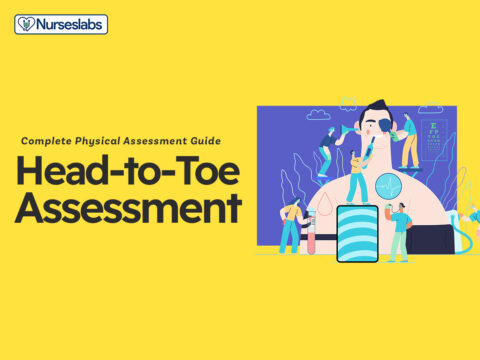




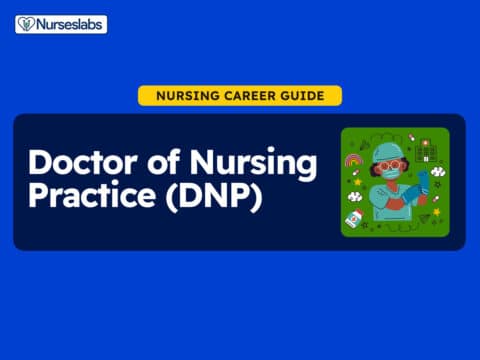


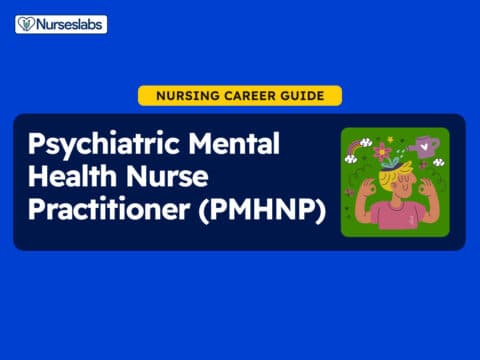

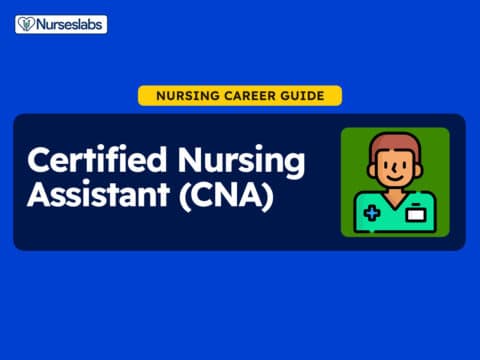




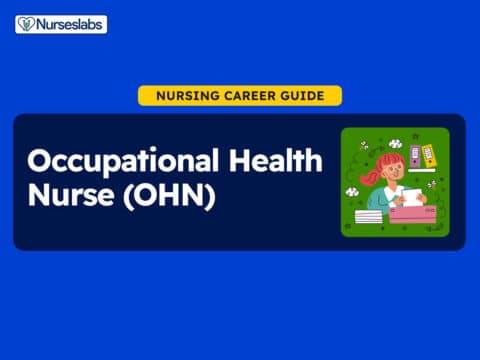
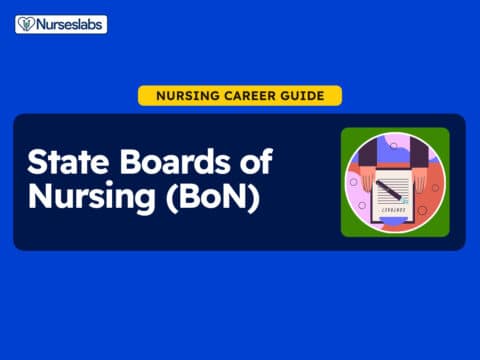
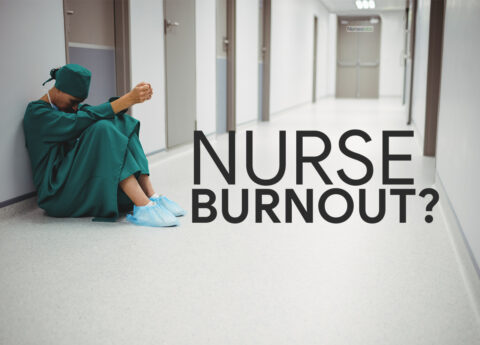


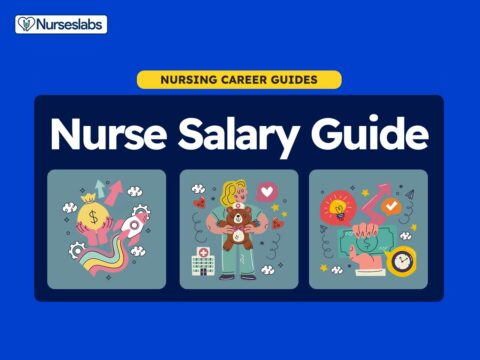




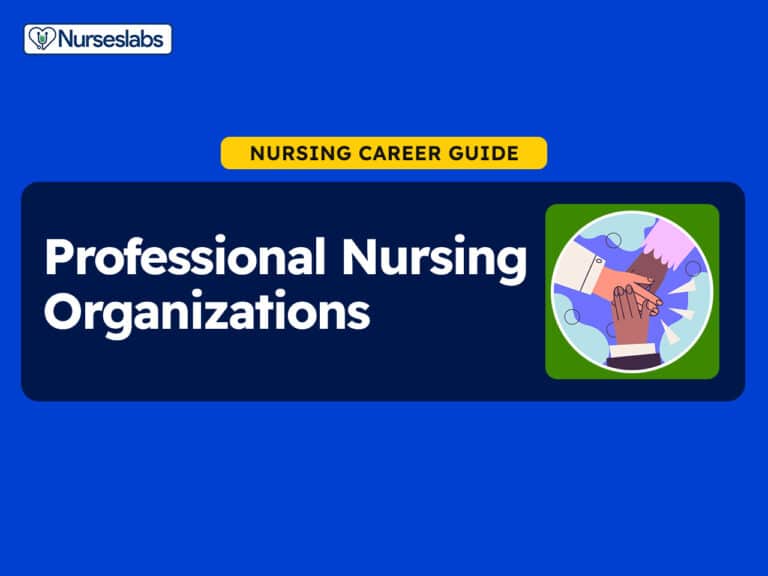




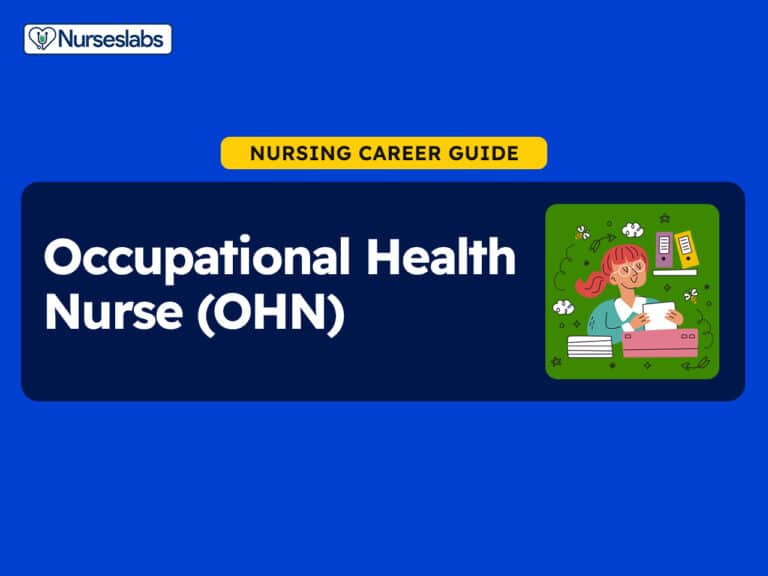
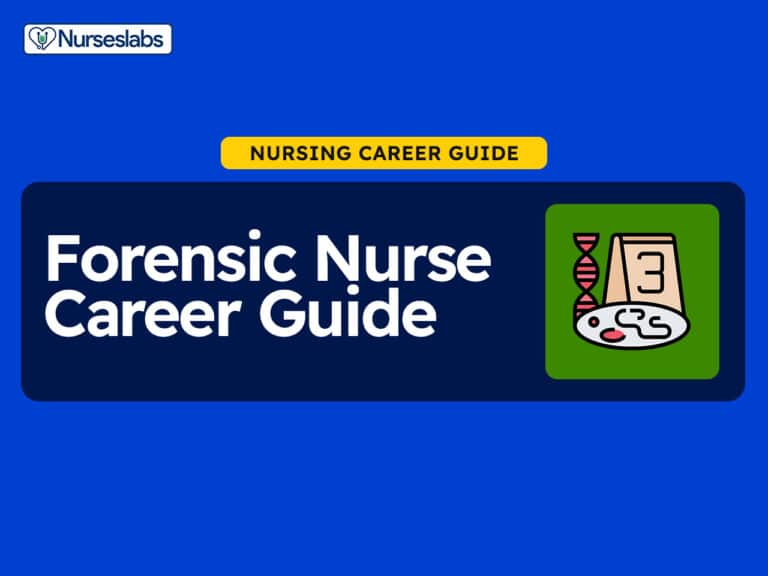

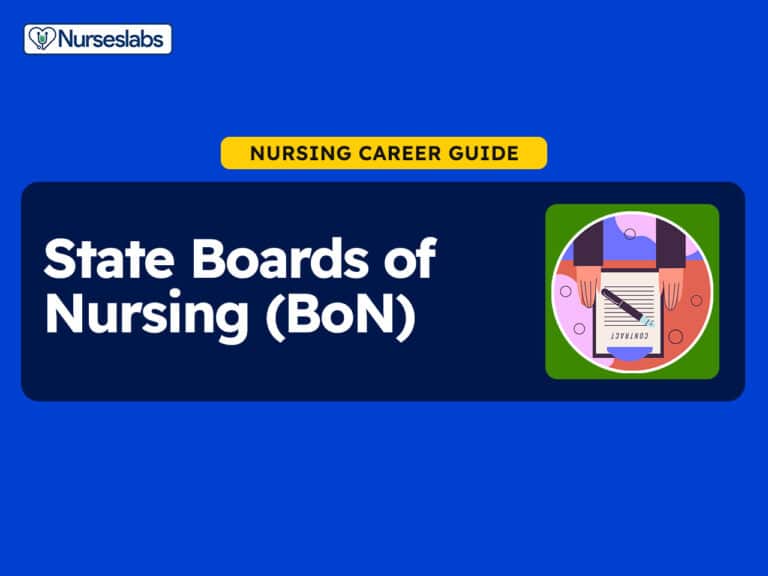


Leave a Comment